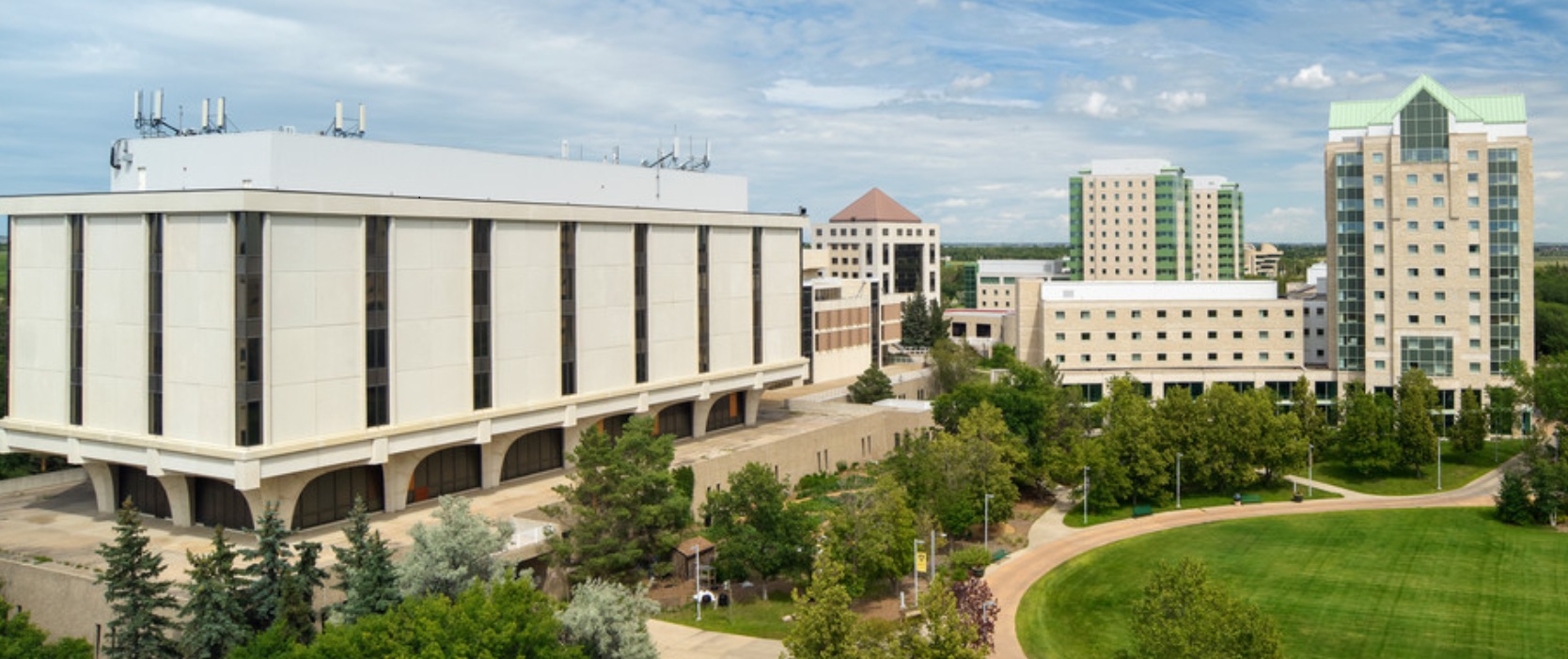Climate Insider Brief:
- The carbon dioxide removal (CDR) market has experienced significant expansion, with the number of active suppliers increasing to over 115 by 2023.
- This marks a notable increase from previous years and demonstrates the sector’s growing importance in achieving climate goals.
- The volume of CDR purchases surged to 4.5 megatonnes in 2023, a 7.3-fold increase from the previous year, largely driven by Bioenergy with Carbon Capture and Storage (BECCS) which accounted for 64% of the total.
How has the carbon dioxide removal market evolved from a handful of suppliers to a robust industry with over 115 participants in just a few years?
In their latest annual report, CDR.fyi showcases a dynamic landscape for durable carbon dioxide removal (CDR), highlighting a year of substantial growth and notable developments in the market. By 2023, the sector saw over 115 suppliers actively participating, marking a substantial increase from previous years.
2023 marked a year of growth throughout the global CDR markets. Key market insights include the remarkable surge in CDR purchases to 4.5 megatonnes (Mt), a 7.3 times increase from the previous year, highlighting the market’s rapid acceleration. Bioenergy with Carbon Capture and Storage (BECCS) dominated these purchases, accounting for 64% of the total.

The number of suppliers with at least one sale rose to 115, and those with at least one delivery increased to 50, reflecting the market’s expanding base. Additionally, the transaction volume has grown significantly, with the average purchased tonnage per transaction rising to 3,634 tonnes.
However, CDR deliveries increased at a slower pace, reaching 125.1 kilotonnes (kt) in 2023, indicating challenges in scaling delivery capacities to meet the rising demand. These statistics underscore the burgeoning scale and evolving dynamics of the CDR market.
While each day we see the list of organisations purchasing CDR credits grow in size and heterogeneity- a few heavy hitters standout from the masses. One notable player in 2023 was Ørsted, securing the largest single deal with Microsoft for 2.67 Mt over 11 years, highlighting the market’s reliance on large-scale agreements to drive volume.
What is Carbon Removal?
Defined as the extraction of carbon dioxide from the atmosphere through deliberate human activities, and storing it in an environmentally safe manner- CDR solutions can extend to include:
- Technical solutions– direct air capture (DAC), carbon capture utilization and storage (CCUS)
- Nature-based solutions– reforestation, carbon farming, blue carbon approaches, wetland restoration
- Hybrid solutions– bioenergy with carbon capture and storage (BECCS), enhanced rock weathering, biochar production and application, carbonated materials
Key barriers to scaling these technologies include high costs, technological limitations, and the need for significant infrastructure development. Despite progress, current carbon dioxide removal (CDR) capacity falls significantly short. To meet net-zero targets by 2050, new CDR technologies must increase their output by a staggering 1,300-fold. Currently, almost all CDR comes from conventional methods like planting trees and managing soils, amounting to 2 gigatonnes of CO2 per year. In contrast, new CDR technologies contribute only 0.002 gigatonnes CO2 per year. Achieving the necessary scale will require significant policy support and innovation, paralleling the expansion seen in renewables 25 years ago.
The Importance of Carbon Removal
Carbon dioxide removal (CDR) technologies are crucial for achieving our climate targets and ultimately becoming net-positive. According to the International Energy Agency’s Net Zero by 2050 scenario, direct emissions reductions are expected to account for most of the progress towards net-zero, but CDR is projected to play a critical role from mid-century onwards, removing billions of tonnes of CO2 annually. The Intergovernmental Panel on Climate Change (IPCC) states that deploying CDR to counterbalance hard-to-abate residual emissions is unavoidable for achieving net-zero CO2 or GHG emissions. In Canada, engineered CDR technologies are recognized as essential to meeting the country’s 2050 net-zero goal.
CDR technologies offer several specific benefits:
Addressing Hard-to-Abate Emissions: Sectors such as aviation, heavy industry, and agriculture have emissions that are challenging to eliminate using current technologies. CDR provides a viable solution by removing an equivalent amount of CO2 that these sectors emit, helping to balance their unavoidable emissions. For instance, the aviation industry, which relies heavily on jet fuel, lacks commercial-scale solutions to fully eliminate carbon emissions.
Complementing Emissions Reduction: While reducing emissions is crucial, CDR technologies play a complementary role by capturing and storing CO2, ensuring that any residual emissions are effectively managed. This dual approach enhances the overall effectiveness of climate strategies by addressing emissions that cannot be easily reduced.
Potential for Negative Emissions: Beyond achieving net-zero, CDR can help achieve negative emissions by removing legacy carbon from the atmosphere. This is essential for addressing the accumulated CO2 that continues to drive climate change. By removing existing CO2, CDR technologies can help mitigate the long-term impacts of past emissions.
Cost-Effectiveness: Studies indicate that CDR could significantly reduce the cost of addressing the remaining emissions compared to alternatives. Economies of scale, learning curves, and technological advancements are expected to lower the costs of CDR technologies over time, making them a cost-effective component of comprehensive climate strategies.
New Economic Opportunities: Investing in CDR technologies can stimulate economic growth by creating new industries and job opportunities. Developing and deploying these technologies positions Canada as a leader in the global clean energy transition, fostering innovation and competitiveness. The development of non-biological CDR in Canada, for example, has the potential to generate significant economic benefits through the establishment of new industries and technological advancements.
Key Market Trends
Purchases and Deliveries
The exponential growth in CDR purchases from 2020 to 2023, growing at a Compound Annual Growth Rate (CAGR) of approximately 500%, signifies increasing recognition of CDR’s role in achieving climate goals. Major deals like Ørsted-Microsoft and Heirloom-Microsoft highlight the role of large-scale corporate commitments in driving market expansion. CDR.fyi’s leaderboard shows other significant players such as Exomad Green, Wakefield Biochar, and Pacific Biochar as top purchasers and suppliers. However, despite the surge in purchases, delivery capacities grew at a slower CAGR of 140%, showing operational challenges in scaling production to meet escalating demand timelines.
Supplier Landscape
The CDR supplier landscape expanded significantly in 2023, with 115 suppliers making at least one sale, up from 74 in 2022. Ørsted emerged as the dominant market leader, followed by Heirloom and 1PointFive. According to CDR.fyi’s leaderboard, other notable suppliers include CarbonCure Technologies and Climeworks. This concentration highlights both the market’s reliance on a few key players and the potential for further diversification among smaller suppliers. Deliveries, however, were heavily concentrated in biochar, comprising 94% of total deliveries, indicating methodological preferences among buyers despite diverse supplier options.
Opportunities for Future
The carbon removal industry presents significant business opportunities for both supply and demand-side actors.
Market Expansion and Diversification
According to McKinsey, CDR market projections are estimated to reach at up to $1.2 trillion by 2050. Early adopters of carbon removal credits may secure reliable, high-quality credits as demand increases.
Oppositely, the supply-side of CDR markets holds immense up-side. For example, suppliers responsible for generating CDR credits , can earn as much as 70 to 80 percent of the anticipated $300 billion to $1.2 trillion in market revenues by 2050– translating to roughly $200 billion to $950 billion.
Looking ahead, there is a significant opportunity to expand the CDR market by diversifying both suppliers and purchasers. While major corporations like Microsoft have initiated substantial commitments, the market’s resilience depends on attracting a broader base of large buyers and increasing sectoral diversity. Initiatives to streamline procurement processes, enhance market transparency, and establish clearer pricing mechanisms will be crucial for catalysing broader adoption across industries.
Investment and Innovation
Investment trends in 2023 reflect growing confidence in durable CDR technologies, with $577 million directed towards North American and European startups. This influx, amidst a broader downturn in climate tech investments, shows investor optimism in the sector’s long-term viability.
Meanwhile, innovations in DAC and biochar technologies, when supported by strategic funding, are poised to drive efficiencies and cost reductions, further enhancing market competitiveness and accessibility.
Policy and Regulatory Support
To sustain momentum, comprehensive policy frameworks and regulatory incentives are essential. Government interventions aimed at carbon pricing mechanisms, tax incentives for CDR investments, and standardised reporting requirements can mitigate market uncertainties and foster investor confidence. Alignment with global climate targets, such as those outlined in the Paris Agreement, will provide a cohesive framework for scaling CDR initiatives globally.
In recent years, governments and international governance entities have shown increasing support towards CDR tech and markets. For instance, U.S. 2021 Infrastructure Investment and Jobs Act authorised $3.5 billion to develop regional direct air capture hubs, and the 2022 Inflation Reduction Act expanded tax credits for carbon storage. The European Commission’s Proposal for EU certification of carbon removals in 2022 aims to enhance CDR quantification and trade within the EU. Additionally, initiatives like the CDR Launchpad are working to reduce the cost of CDR technologies.
Challenges in Scaling
Scaling the carbon removals industry is a monumental task. Significant investment in innovation, technology, and infrastructure is needed to reduce costs and support project development. Meeting net-zero targets by 2050 will require cumulative investment in carbon removals to reach between $6 trillion and $16 trillion.
One the demand side, today’s CDR markets are still very much in their infancy.. Voluntary carbon credit markets will need to continue to grow if they are to provide a viable mechanism for the purchasing of removals at scale.
Startup Spotlight: Notable Carbon Dioxide Removal Startups
Technical CDR Companies
- Climeworks
- Technology: Direct Air Capture (DAC)
- Description: Climeworks captures CO2 directly from the air and stores it underground.
- Carbonfree
- Technology: Industrial Carbon Capture and Utilization (CCU)
- Description: Carbonfree develops technology to capture CO2 from industrial sources and convert it into usable products like calcium carbonate.
- Carbonbuilt
- Technology: Low-Carbon Concrete
- Description: Carbonbuilt modifies concrete production processes to absorb CO2, reducing overall emissions.
- LanzaTech
- Technology: Industrial Carbon Recycling
- Description: LanzaTech uses gas fermentation technology to convert industrial waste gases into fuels and chemicals.
- Mission Zero
- Technology: Direct Air Capture (DAC)
- Description: Mission Zero focuses on capturing CO2 from the air using energy-efficient methods and storing or utilizing it.
- Captura
- Technology: Ocean-Based Direct Air Capture
- Description: Captura uses electrochemical processes to remove CO2 directly from seawater.
7. CarbonX
- Technology: Forest Carbon Projects
- Description: CarbonX focuses on projects that enhance carbon storage in forests through conservation and sustainable forestry practices.
Nature-Based CDR Companies
- CREW Carbon
- Technology: Reforestation and Soil Carbon Sequestration
- Description: CREW Carbon enhances carbon sequestration through reforestation and soil management practices.
- Carbonfuture GmbH
- Technology: Biochar
- Description: Carbonfuture GmbH produces biochar, which sequesters carbon in soil and improves soil health.
Hybrid CDR Companies
- Ebb Carbon
- Technology: Ocean Alkalinity Enhancement
- Description: Ebb Carbon leverages ocean alkalinity enhancement to increase CO2 absorption and storage in ocean waters.
2. Carbfix
- Technology: Mineralization and Direct Air Capture (DAC)
- Description: Carbfix captures CO2 from industrial sources and the atmosphere, dissolves it in water, and injects it into basaltic rock formations where it mineralizes into stable carbonates. This method combines geological and chemical processes to securely store carbon.
As the race towards net-zero fastens, it is becoming clear that the CDR market will be front and centre as a pillar of the global fight against climate change. With the sector poised for unprecedented growth and innovation, the question remains: how will businesses, policymakers, and investors navigate the complexities of scaling CDR solutions effectively to unlock the industry’s full potential in mitigating the impacts of climate change?
Featured Image: Credit: CDR.fyi








